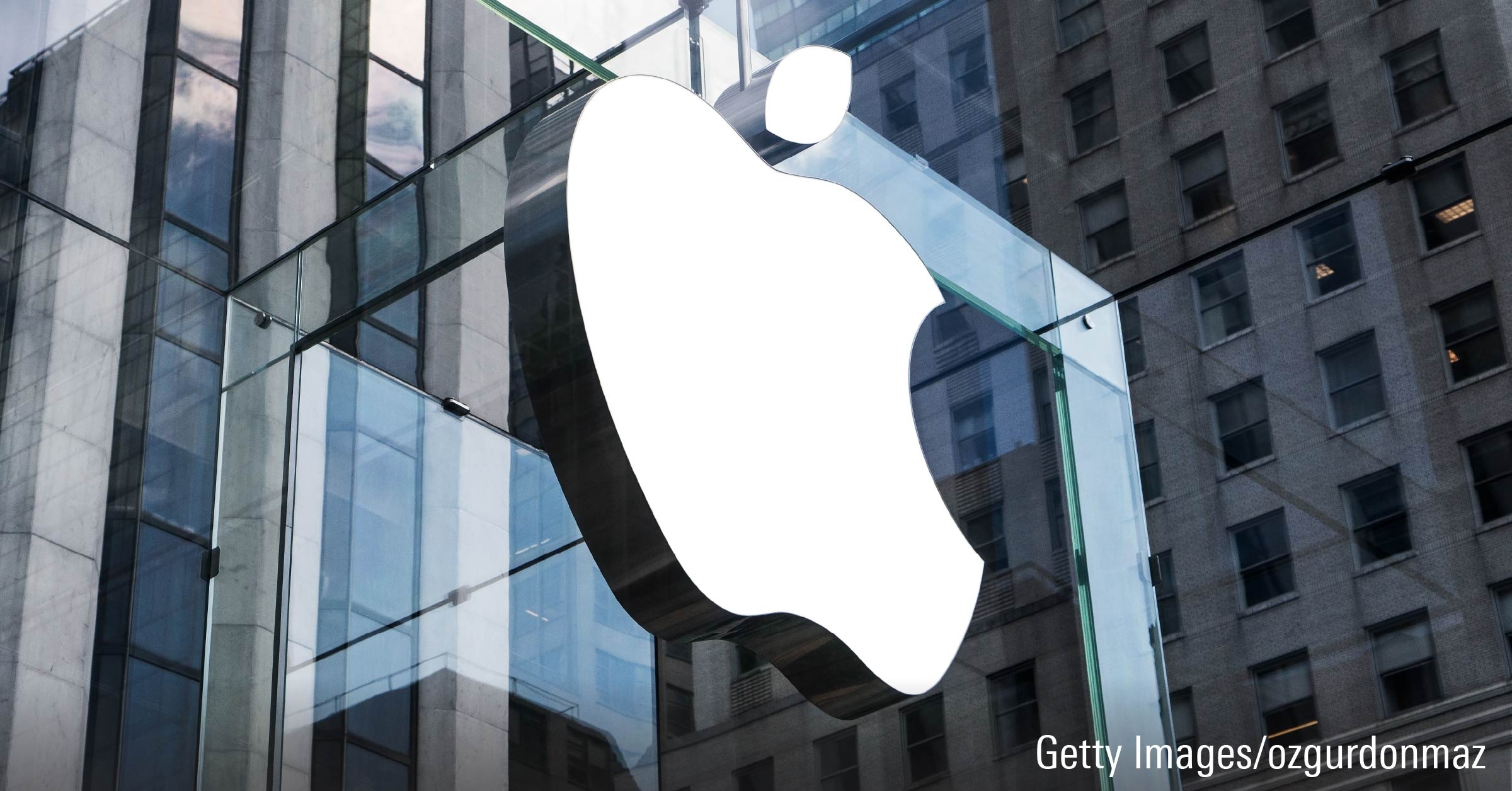aid either up front (front-end load) or at redemption (back-end load), depending which share classes investors buy.
The annual management fee is based on a percentage of a shareholder's invested assets and it goes to the fund company for investing, overseeing the portfolios and operating. The average management fee level for Hong Kong retail equity funds is considerably higher than that in the U.S. market. According to Morningstar, more than half of all retail fund classes levy a management fee of 1.5 percent to 1.59 percent while the U.S. domiciled retail domestic-equity funds shows a median annual management fee of 0.75 percent per year (one half the HK median). This gap more or less reflects a fact that funds in Hong Kong face less competitive pressure.
As hedge funds attract retail interests, so do their fee structures. Performance fees, used to be one of the hallmarks of a hedge fund, are introduced to some mutual funds too. Performance fees are payable to a fund manager upon outperformance against a stated benchmark; usually based on a percentage of such outperformance rather than the asset size under their management.
Some may argue that performance fee better aligns the interests of the asset manager with investors. Or investors should not mind to pay high costs since a fund with high costs must perform better than a low-cost fund to generate the same return for them. However, the truth may not be always as expected.
So-called BRIC funds are attracting enormous interest in Hong Kong market due to their stellar returns in recent years. Last year returns of the three BRIC funds available in Hong Kong ranged from Schroders ISF BRIC Fund's 53.6 percent to HSBC GIF BRIC Freestyle Fund's 44.95 percent while emerging market equity funds gained 32 percent on average. Compared to similar emerging market offerings, both Templeton BRIC Fund and HSBC GIF BRIC Freestyle Fund rewarded their investors handsomely last year even though there was still a 3.6 percent performance gap between these two funds.
However, if investors dig into further, they may find HSBC's GIF BRIC fund charges a 20 percent performance fee in excess of a performance hurdle of 5 percent per annum. In other word, the total return of HSBC GIF BRIC before the performance fee was around 61 percent, higher than the Templeton BRIC Fund.
According to the annual reports, the Total Expense Ratio (TER) of HSBC GIF BRIC Freestyle Fund M2C class was 6.04 percent including the performance fee and 1.41 percent excluding the performance fee for the financial year to March 31 2006. In contrast, Templeton BRIC Fund A Acc USD class' TER was around 2.45 percent for the financial year to June 30th 2006.
An expense ratio of 1 percent per annum means that each year 1 percent of the fund's total assets will be used to cover expenses. It should note that the expense ratio does not include sales loads or brokerage commissions, which are ultimately also paid by investors.
Everyone would like to be able to predict which funds will outperform in the future. However, investors should not forget that expenses are one of the most important determinants of any fund's future performance as well. Even small differences in fees can translate into large differences in returns over time. For example, if an investor invested $10,000 in a fund that produced a 10 percent annual return before expenses and had annual operating expenses of 1.5 percent, then after 20 years she or he would have roughly $49,725. But if the fund had expenses of only 1 percent, then she or he would end up with $55,025 – a 10 percent difference! Cost matters!







.png)










